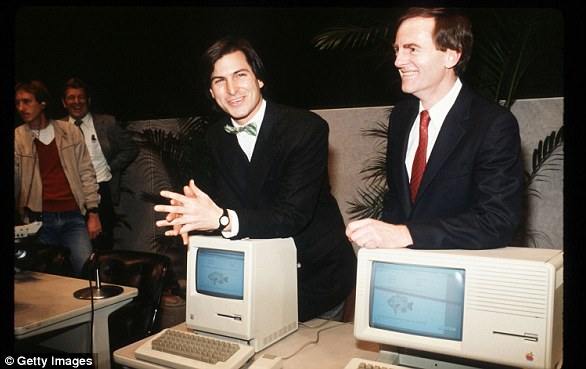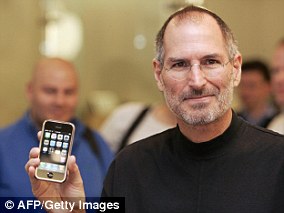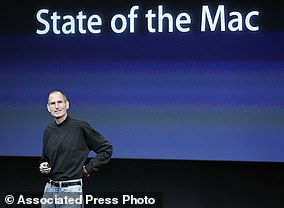They are some of the world’s most popular smartphones.
But if you have an iPhone, be sure to update it as soon as possible to avoid serious security issues.
Apple has released the iOS 18.6 update, which includes 29 urgent security fixes.
Cybersecurity experts warn that users should update ‘as quickly as possible’ to avoid exposing their sensitive data to hackers.
According to Apple’s support page, some may allow your iPhone to leak sensitive information to malicious web pages or allow apps to access your data.
Josh Stein, VP of strategy, security at Jamf, says: ‘The positive news from Apple is that none of these vulnerabilities have been exploited in the wild.
‘However, this should not delay users from updating their devices to iOS 18.6.
‘Keeping devices up to date with the latest patches is one of the most effective ways to safeguard against attackers.’

All iPhone users have been urged to update their devices as soon as possible, as Apple releases iOS 18.6 with major security updates
Apple is currently staying tight-lipped about the specific details of the security vulnerabilities in question.
This is standard practice for security updates and is done so that people have time to update their devices before cybercriminals figure out how to exploit the issues.
However, Apple says that many of the issues relate to the iPhone’s WebKit, the set of tools that allows Safari to present web content.
Mr Stein says: ‘A significant number of fixes are in WebKit, which is not unusual for an iOS security release.
‘The vulnerabilities fixed could allow attackers to access sensitive user information or cause denial of service.’
One of the flaws, tracked as CVE-2025-4322, would allow an attacker to extract sensitive information through a fraudulent website.
Another set of bugs affects Apple’s CoreAudio and CoreMedia frameworks, which are what your iPhone uses to process audio and media data.
These play a big role in a wide range of apps and are involved in managing memory, which means they can be a tempting target for cybercriminals.

iOS 18.6 includes 29 urgent security fixes. These include vulnerabilities which allow hackers to access your personal information through malicious websites (stock image)
In addition to fixing these security issues, iOS 18.6 also fixes a glitch which sometimes means users are unable to share ‘memory movies’.
This is an AI-powered feature which allows users to choose a specific set of photos to be stitched together into a short film.
However, there is no update on iOS 18’s other persistent bugs, which include the Mail app freezing as well as issues with WiFi connectivity and unexpected battery drain.
Additionally, Mr Stein points out issues with how the device handles network communications pose ‘significant security risks.’
Mr Stein adds: ‘Given that this update is smaller and largely focused on security enhancements, we recommend users update as quickly as possible.’
Alongside iOS 18.6, Apple has also released the iPadOS 17.7.9 security update for older iPads, which can’t update to iPadOS 18.
Apple has also released updates for its other devices, including Mac, Apple Watch, Apple TV, and Apple Vision Pro.
With the release of iOS 26 and the iPhone 17 currently expected in Autumn, this is probably going to be the last major update before then.

With the next major Apple update expected in September with the release of iOS 26, it is important to update your device now so that you stay protected from hackers (stock image)
That means it is especially important to update now, particularly if you don’t plan on upgrading to iOS 26 immediately after it is released.
The update is compatible with all iPhone models that can currently run iOS 18.
That means all models from the iPhone XS onwards will be able to install iOS 18.6, including the second and third-generation iPhone SE.
To install the update, open the Settings app on your iPhone.
If you have automatic downloads enabled, the update will have been installed overnight, provided your iPhone was charging and connected to Wi-Fi.
But, if that isn’t the case, you should see a notification reading ‘Software Update Available’ from the Settings homepage.
Tapping this notification will bring you to the Software Update page, where you can see any new updates as they are released.
If iOS 18.6 is available, simply select ‘Install Now’ or, if the option reads ‘Download and Install’, tap it to download the update, enter your passcode, and then tap Install Now.



